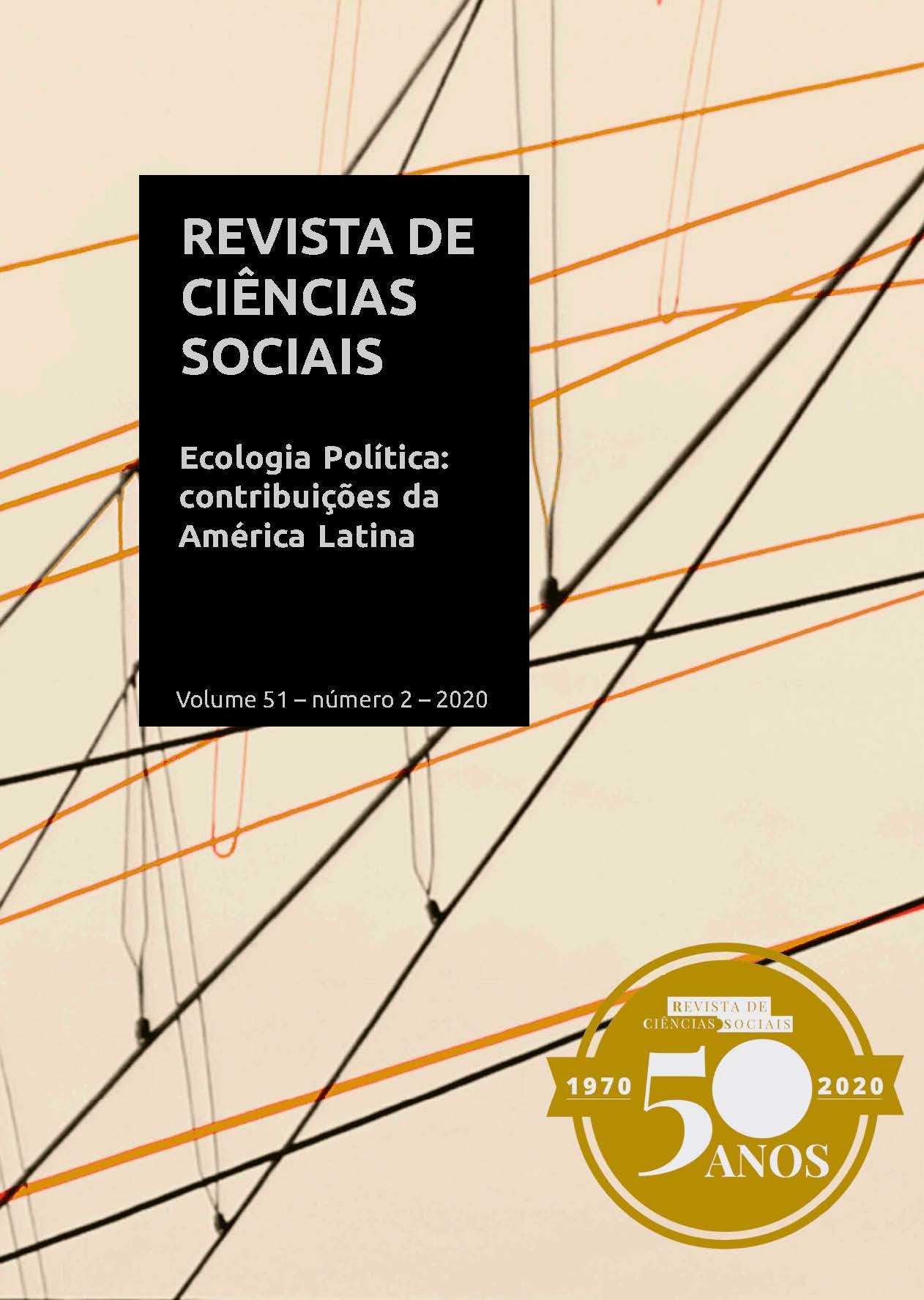Islamophobia and Fascist Elements in the speech of Olavo de Carvalho and of the movement Mídia Sem Máscara (Media Without Mask)
DOI:
https://doi.org/10.36517/rcs.2020.2.a04Keywords:
Islamophobia, Fascism, Intolerance, ConspiracyAbstract
The article analyzes Islamophobia in the Discourse of the Media without Mask (MSM) and its leader, Olavo de Carvalho, and its association with elements of fascism and the neoconservatism of USA, pointing out its connection with an extreme right-wing, authoritarian and exclusive political project. MSM, founded in 2002, makes use of social networks to disseminate its ideas, presenting itself as "unmasked" as opposed to hegemonic media considered as "left". The methodology used was that of the critical analysis of discourse, from the perspective of the British linguist Norman Farclough, emphasizing the relations between discourse and other elements of social practice. The conclusion of the analysis is that the movement's discourse adopts conspiracy theories about Islam, building a binary worldview between "good" and "evil," using as an argument the thesis of Western Islamization with alleged pretexts of world domination.
Published
How to Cite
Issue
Section
License
Autores que publicam nesta revista concordam com os seguintes termos:- Autores mantém os direitos autorais e concedem à revista o direito de primeira publicação, com o trabalho simultaneamente licenciado sob a Creative Commons Attribution License, que permite o compartilhamento do trabalho com reconhecimento da autoria do trabalho e publicação inicial nesta revista.
- Autores têm autorização para assumir contratos adicionais separadamente, para distribuição não-exclusiva da versão do trabalho publicada nesta revista (ex.: publicar em repositório institucional ou como capítulo de livro), com reconhecimento de autoria e publicação inicial nesta revista.
- Autores têm permissão e são estimulados a publicar e distribuir seu trabalho online (ex.: em repositórios institucionais ou na sua página pessoal) a qualquer ponto antes ou durante o processo editorial, já que isso pode gerar alterações produtivas, bem como aumentar o impacto e a citação do trabalho publicado (Veja O Efeito do Acesso Livre).



